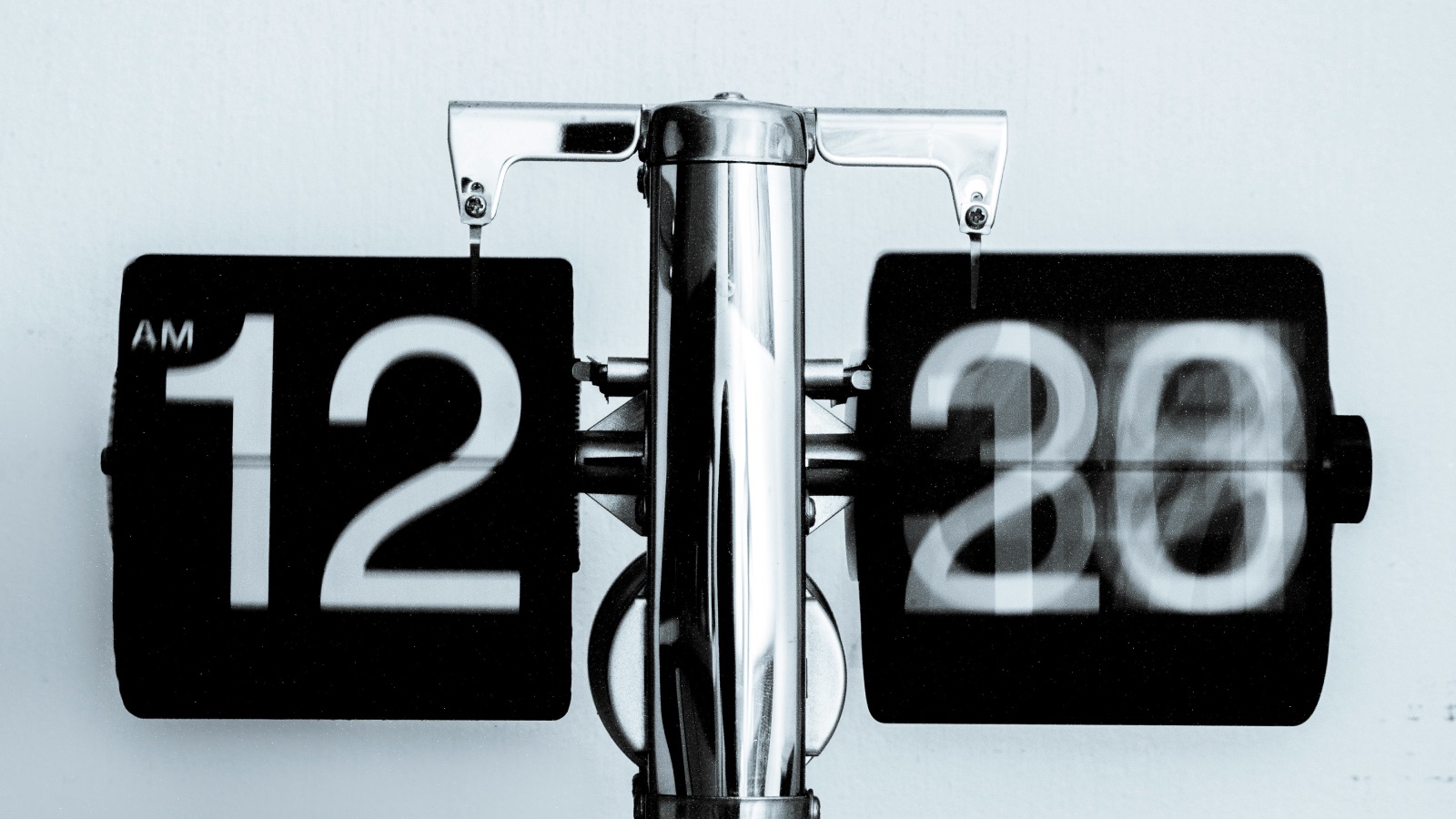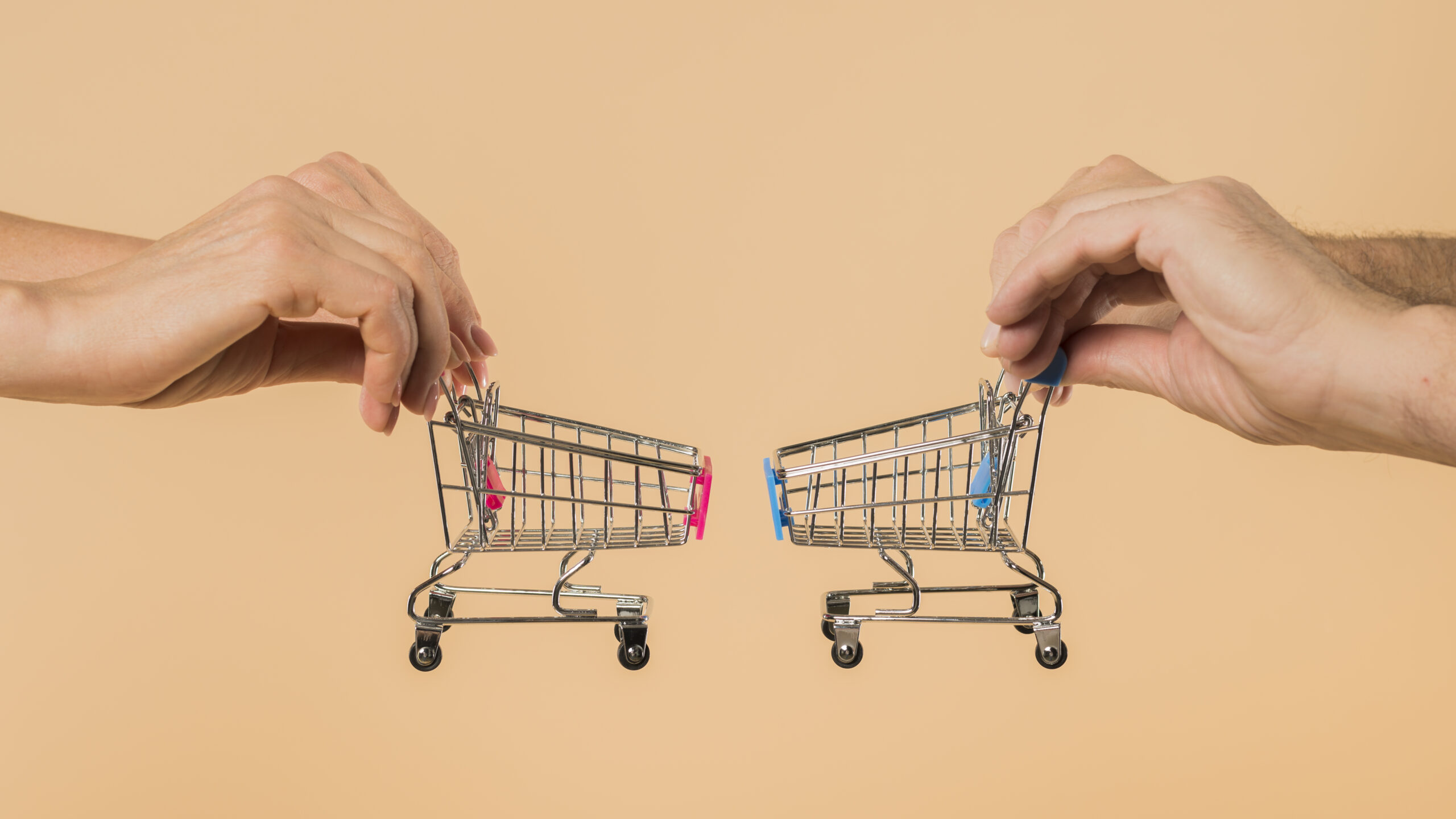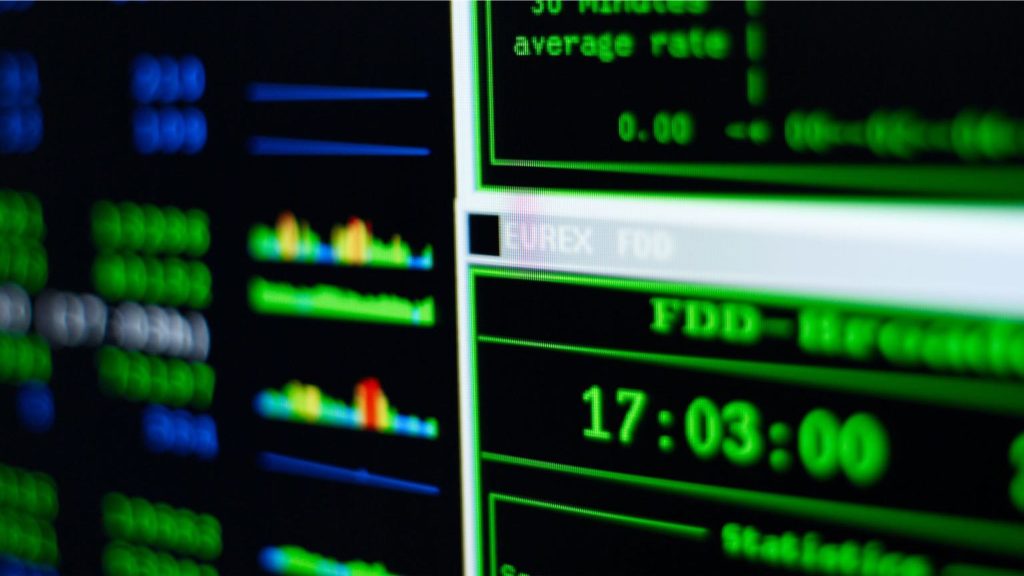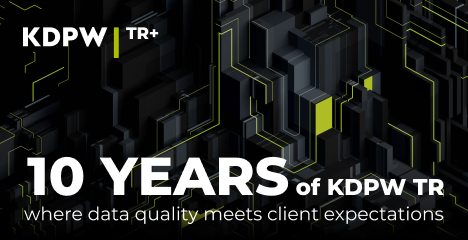The Deutsche Börse-HQLAx securities lending platform has seen its first live transactions, also involving Commerzbank, Credit Suisse and UBS.
The German infrastructure operator refers to the event as a successful launch of a DLT-based operating model.
First, a basket of German government bonds and a basket of corporate bonds switched hands between UBS and Commerzbank, both with Clearstream Banking as custodian. Next, a cross-custodian swap followed between UBS and Credit Suisse, the latter providing a basket of German government bonds from custody with Euroclear Bank.
This took place without need for securities to be moved physically between collateral agents, as the change in ownership was recorded on a digital collateral registry – one of four layers of the operating model on HQLAx – a platform built in turn on blockchain technology from R3 Corda.
Layers do different things
The HQLA abbreviation stands for high-quality liquid assets, which are meant to become easier to manage as collateral with the new model, despite sticking with existing interfaces.
According to Deutsche Börse, the digital collateral registry layer of the HQLAx platform serves to provide delivery-versus-delivery (DvD) ownership transfers of baskets of securities, eliminating onerous operations across fragmented settlement systems. The other layers are the Eurex Repo F7-trading system where transactions are executed, the participating custodians and tri-party agents where the securities are deposited and the Deutsche Börse-owned Trusted Third Party (TTP) entity which connects the custodians and tri-party agents with the collateral registry.













